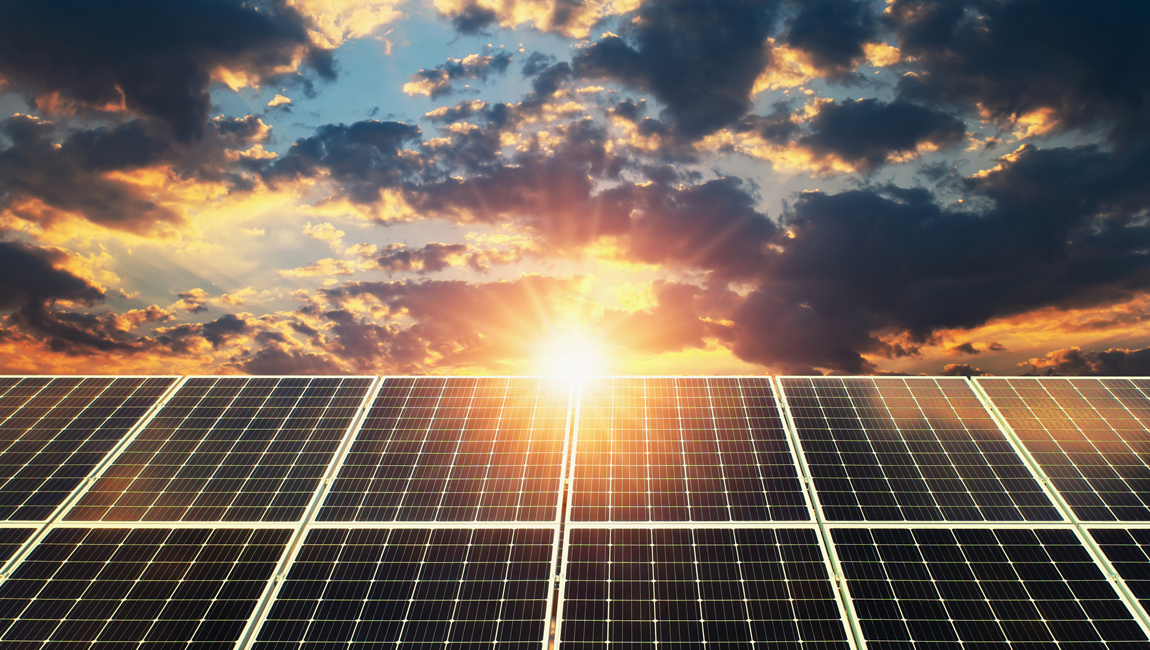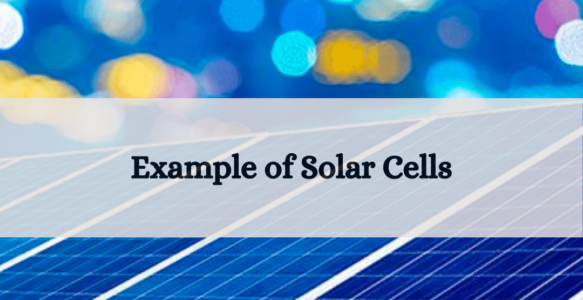The operation of solar panels is based on one main element: the photovoltaic cell. These small squares, which form photovoltaic modules, have the incredible capacity to transform sunlight into electricity.
I will explain everything you need to know about the solar cell: its characteristics, how it works, example of solar cells, and the types of cells that exist. I will also look in detail at a crucial element: its performance, which is essential to know when you embark on a solar project.
What is a photovoltaic cell?
Photovoltaic cells are elements that form solar panels. These are electronic components that produce electricity from the sun’s rays. They are very thin (around 200 μm), but a very small quantity is enough to make them. There are between 60 and 72 photovoltaic cells on each solar panel.
The characteristics of the photovoltaic cell
What is it made of?
To make a photovoltaic cell, we use semiconductor materials, which are electrical insulators, but which still allow electrons to produce current. Silicon is the most frequently used material to make photovoltaic cells.
Silicon has many advantages: it is very abundant and easy to extract (it is found in sand and quartz). It is also easily recyclable. In rare cases, other materials are used for the manufacture of photovoltaic cells: copper indium gallium selenide, copper-indium selenide, cadmium telluride, or even perovskite. These materials remain very little used at the moment, but a lot of scientific research is interested in them.
How do photovoltaic cells work?
To explain how a photovoltaic cell works, we need to review some physics concepts. Silicon, the main material of the cell, is made up of atoms. These atoms are themselves composed of a nucleus and electrons which revolve around it.
When silicon electrons come into contact with photons (particles of sunlight), they become agitated. In order for them to circulate in such a way as to create an electric current, it is necessary to have a positive pole and a negative pole , like on electric batteries.
For this, silicon is associated with boron to obtain the positive pole, and with phosphorus for the negative pole (this is the side facing the sun). Thanks to this system of positive and negative poles, electrons move naturally between the two in order to rebalance the charges. This creates an electric current.
Example of solar cells
There are different examples of photovoltaic cells. Even if they generally work in the same way, they each have their own specificities.
1. Monocrystalline silicon cells
Monocrystalline cells can be recognized by their very dark color. It is a single crystal of silicon . Within the same solar module, all the silicon crystals are oriented in the same direction. The yield of this material is higher than that of polycrystalline silicon, but it is also sold more expensive, because its manufacture is more delicate.
2. Polycrystalline silicon cells
We recognize these cells by their bluish color. They are made up of crystals oriented in different directions : this is why their color is not uniform. Worldwide, it is the most widely used photovoltaic material, because it currently offers the best quality/price ratio. Manufacturing costs are in fact lower than monocrystalline silicon.
The major disadvantage of polycrystalline silicon cells is that they have a lower efficiency than monocrystalline silicon cells. As a result, it is necessary to install more to produce the same quantity of energy.
3. Thin-film amorphous silicon cells
There are also amorphous silicon cells, usually brown or dark gray in color. They are much thinner than crystalline silicon cells (only a few microns). It is a technology used for a long time in small calculators, but their performance remains very low. They also have a shorter lifespan than other types of cells: only around ten years, compared to around thirty for monocrystalline and polycrystalline silicon.
Other types of solar cells
We have just presented the three most commonly used types of photovoltaic cells. There are others, which are not very exploited, because they are still mainly in the research stage:
- Organic cells are not semiconductor minerals like silicon. On the contrary, they are based on molecules or polymers of organic chemistry. Although they are starting to see some applications, the yield they produce is still too low. Their long-term stability is also not satisfactory. Their advantage is that they could in theory be produced at low costs, compared to silicon cells.
- Perovskites are a new type of cell, based on a hybrid material: one part is organic, the other is inorganic. Their laboratory performance is quite promising, but their instability is today an obstacle to their industrialization.
Their advantages would be low production costs, light, flexible and manageable cells, allowing them to be integrated into different types of coating.
What is the efficiency of a photovoltaic cell?
The efficiency of a photovoltaic cell corresponds to the ratio between the quantity of light energy transformed into electricity and the quantity of energy that was captured by the system. It is, therefore, a percentage that makes it possible to evaluate the efficiency of photovoltaic cells. The higher this percentage, the more electricity the cell produces.
The cells with the lowest efficiency are those with amorphous silicon, which is between 6% and 9%. Polycrystalline silicon cells have an efficiency between 13% and 18%. Finally, the cells with the best efficiency are those made from monocrystalline silicon, for an efficiency between 16% and 24%.
Other factors, other than the technology used, can impact the efficiency of a photovoltaic cell. This is the case, for example, of the orientation and inclination of the solar panels, the geographical area of installation, or even the presence of a shaded area on the roof.
As a reminder, optimal performance is possible with a south orientation, a 30° inclination, a sunny region, and no shadow areas on the panels (tree branches or buildings).

